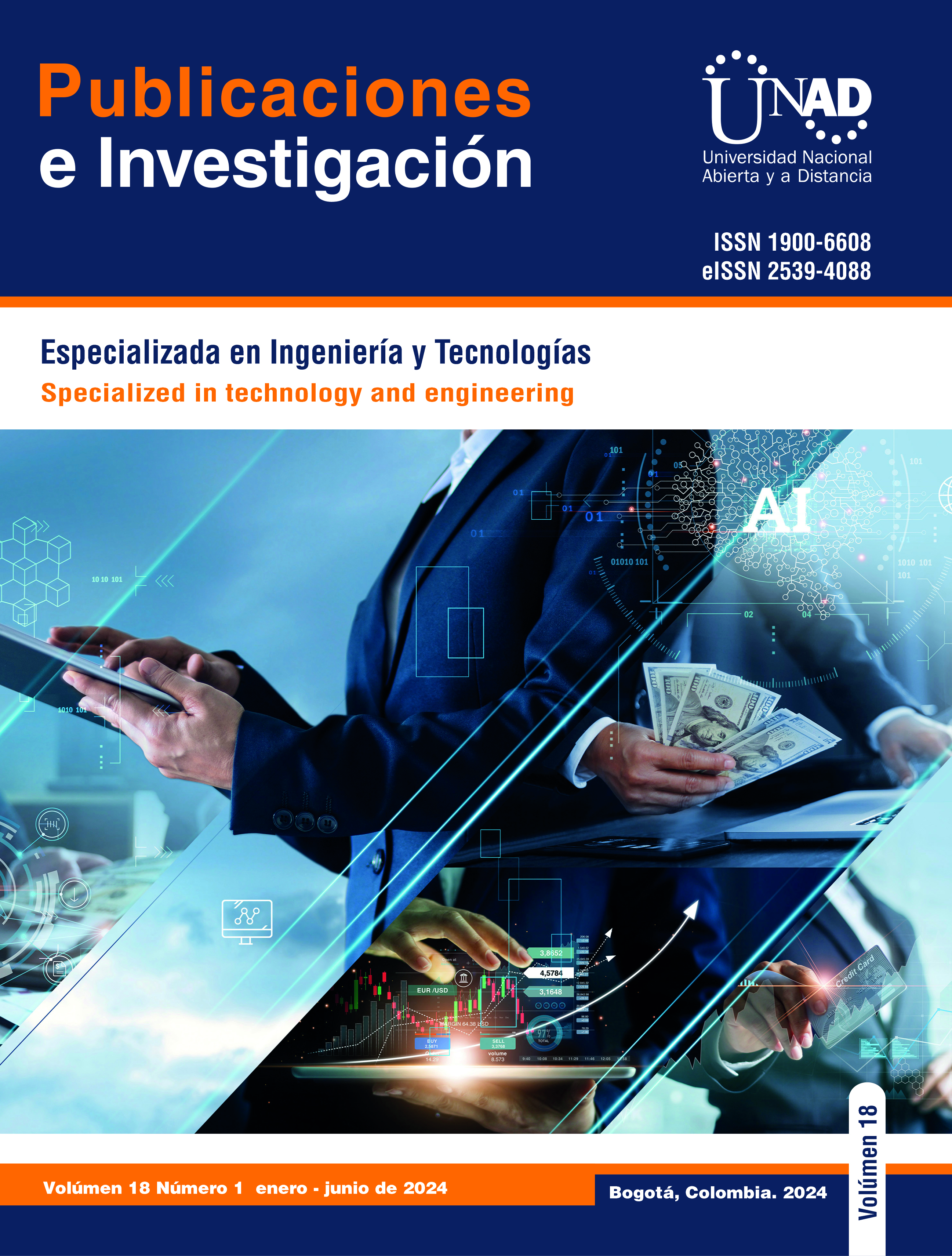Study of Augmented Reality in Live Broadcasts: A Focus on Operational Challenges and Viable Solutions
This study addresses the integration of augmented reality (AR) in live broadcasts, focusing on identifying practices and strategies that facilitate its implementation, considering technical, economic, and training aspects. Based on a theoretical framework that explores AR as an interactive technology and its impact on visual storytelling, and using a qualitative methodology with an ethnographic approach, interviews were conducted with industry professionals to understand their experiences and challenges. The results revealed that an iterative process, including detailed planning, exhaustive testing, and constant supervision, is key to efficient integration. Among the most relevant findings, strategies were identified for contexts with limited resources, such as using accessible software (Unity, Spark AR) and static graphics instead of complex animations, along with the importance of technical training in 3D graphic design, basic programming, and AR software management. It was also highlighted that AR has a positive impact on the visual experience and audience interaction, improving the presentation and understanding of information. The overall objective was achieved by providing a practical and viable framework for AR implementation, emphasizing its transformative potential in live broadcasts and its ability to enrich visual storytelling in the media.









